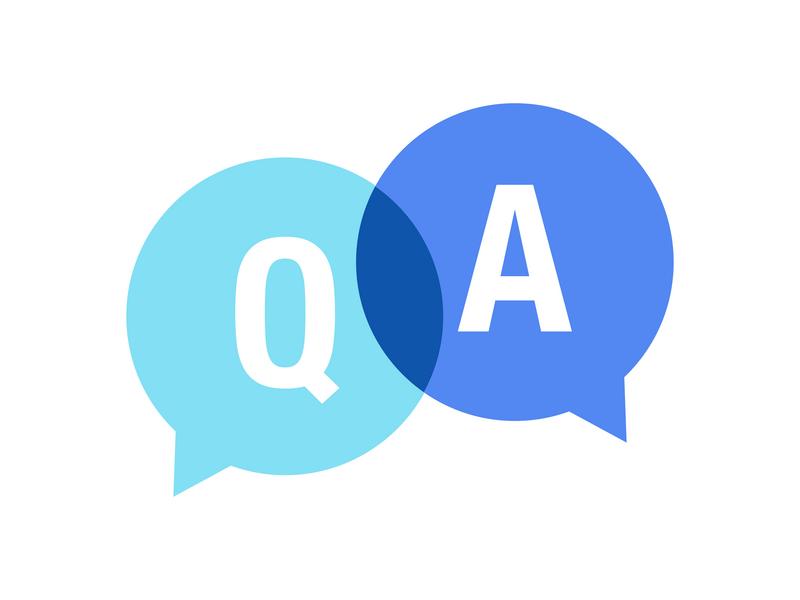<b>
Question: I filled out my FAFSA for 2021 – 22. I looked at my financial aid status, and it said I am not eligible and gave me an EFC 9110. What are my options now?
Before we get into the nitty gritty, let’s first talk about Expected Family Contribution, commonly referred to as EFC. The EFC is determined by the financial information that you provide about yourself and your family on the
FAFSA (Free Application for Federal Student Aid).
The number that you see on the EFC is not what you’re expected to pay toward college. According to
studentaid.gov, it is “a measure of your family’s financial strength and is calculated according to a formula established by law.”
It is determined by taking into account student and parent assets, benefits, family size, and number of family members enrolled in college at the same time.
The schools that you have applied to will also get a copy of your EFC. From there, they will determine a financial aid package that best suits your financial need as well as their financial capabilities. Sometimes you will receive your financial aid package along with the school’s admission decision. Other times, the financial aid package will be sent separately.
Options When You’re Not Eligible for the Pell Grant
In answer to the question above, you do not qualify for the Federal Pell Grant program. However, there may be other options for financial aid. To discover what’s available to you, call your school’s financial aid office. They may offer you a few options.
Work Study
The
Federal Work Study (FWS) program provides students who demonstrate a certain level of financial need with a part-time job. Typically, these jobs are on-campus, which allows for a flexible working schedule and the ability to cancel your hours on a day when you may need to write a paper or prepare for an exam.
Last year, however, the Department of Education expanded the FWS program to include jobs off-campus as well as student teaching, externships, and clinical rotations, according to a press release from the
Department of Education.
Work study jobs vary by school, but they run the gamut from library receptionist to admissions office mail assistant. To learn more about your school’s work study offerings, both on and off-campus, it’s best to contact your financial aid office.
Federal Student Loans
Subsidized and unsubsidized student loans are another federal option to help pay for college. If you do demonstrate a certain level of financial need, you will qualify for a subsidized loan, which means the federal government pays the interest on your student loan while you’re in college.
Unsubsidized student loans are available to everyone, regardless of need. You only have to fill out the FAFSA to qualify. Unlike the subsidized student loans, these loans do accrue interest while you’re in college, which has to be paid back over time after you graduate.
You may find that your financial aid package comes with an unsubsidized student loan, but you’re wondering what the difference is between that and a private student loan. A great rule of thumb when it comes to utilizing student loans to pay for college is to always borrow federal first. Federal student loans have lower interest rates, meaning you’ll have to pay back less over time.
Right now,
interest rates on federal student loans are set at 0%, which has never happened. This was enacted by former President Trump and continued by President Biden in response to the COVID-19 pandemic.
Bridging the Financial Aid Gap
Once you have exhausted financial aid options from the federal government, you may find that there is still a difference between what you have to pay for college and what your school actually costs. This is called a “financial aid gap.”
It is very common – so don’t stress. Below are several options you can explore in order to
bridge the financial aid gap.
Scholarships
Scholarships are free money that you can apply for and win in order to pay for college. These can be found from the school you plan to attend, local organizations, and through scholarship search sites, like
Fastweb.
So often, students limit the scholarship search to their junior and senior years in high school. However, the scholarship search can continue throughout a student’s senior year in college. When using a site like Fastweb, be sure to
update your profile frequently in order to see the best scholarship matches. These matches will evolve as you transition from high school to college, take on part-time jobs and internships, and find new extracurricular activities to try.
Our best advice is that you treat the scholarship search and application process like a part-time job. Commit to applying to two or three scholarships each week. The more often you apply, the better your chances of actually winning a scholarship.
Private Student Loans
If you have exhausted your federal student loan options, it may be time to consider a private student loan. Many colleges provide students who need loans with a preferred lender list. These are providers that the school has worked with in the past and has a good rapport.
If your institution does not have a preferred lender list, or you prefer to borrow elsewhere, start your
private student loan search with Fastweb. We can actually match you to the best providers for your school as well as if you’re an undergrad, graduate student, or parent.
Our Student Loan Center on Fastweb also details how private student loans work, the application process, and what repayment plans are available to borrowers. With these resources, you’ll be more knowledgeable and better equipped to make student loan decisions.
Part-Time Jobs
Finally, if you’re unable to secure a FWS job, consider a part-time job off campus or during your summer breaks. These paid opportunities can help you bridge the financial aid gap and provide you with invaluable work experience to showcase on your resume.
Even better? There are many companies that provide
Employer Tuition Assistance to their employees. From Starbucks to Amazon, you can get paid for your job and receive money that goes directly toward your tuition. Not a bad gig at all.
Get Creative When Paying for College
Paying for college is oftentimes not a streamlined process. You have to pull resources from a variety of places in order to make it work. It may seem daunting from the outside; but once you’re in it, you’ll find that paying for college in a patchwork kind of way is a very beneficial experience.
At times, this experience may require you to advocate for yourself by having conversations that are uncomfortable. It may also compel you to manage your time and resources very carefully, unlike some of your peers. In the end, though, it will be you who has made your college dreams a reality – and having that kind of story is life-changing.
If you have financial aid questions or concerns, Finaid.org is a helpful resource. Check out their “Answering Your Questions” section to see if your concern has already been addressed, or to ask a new question.

